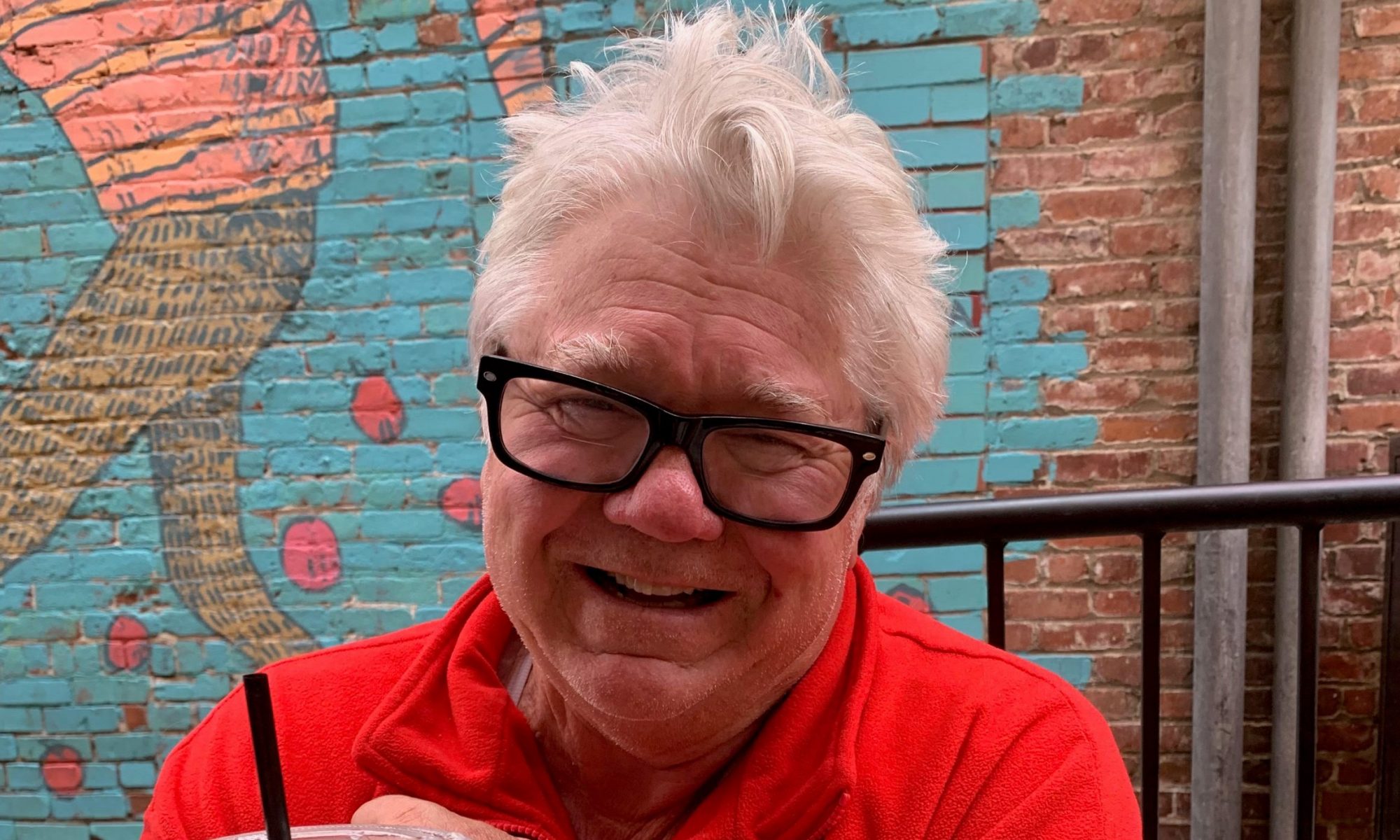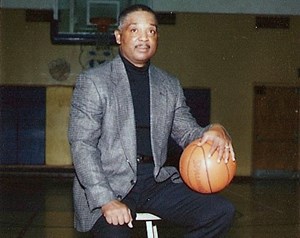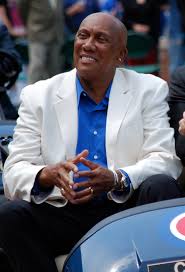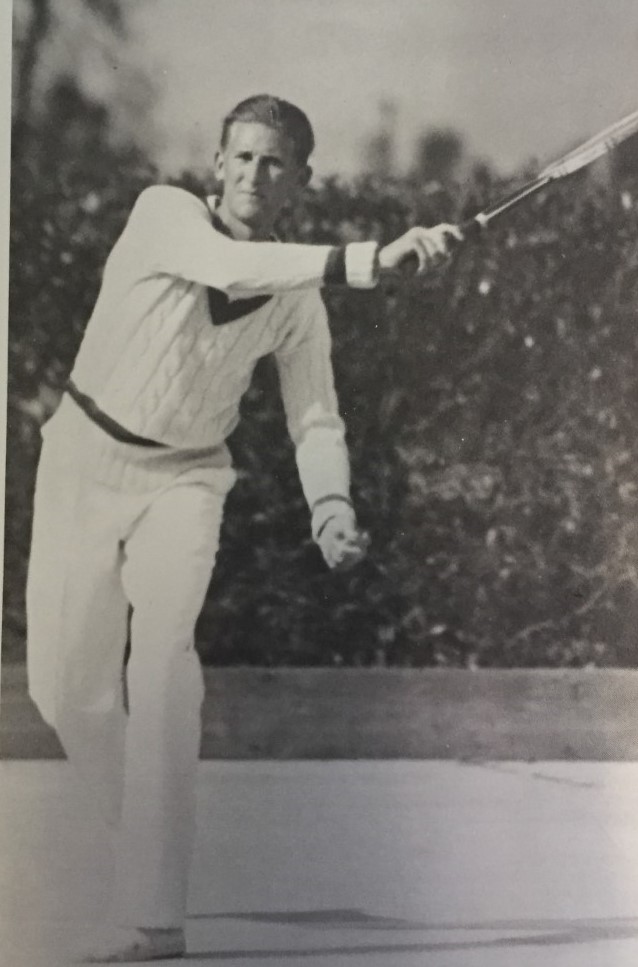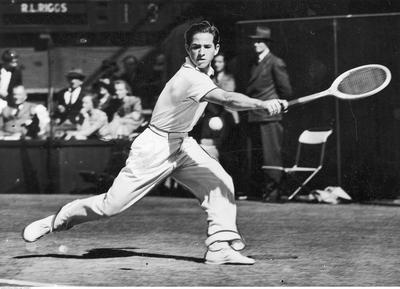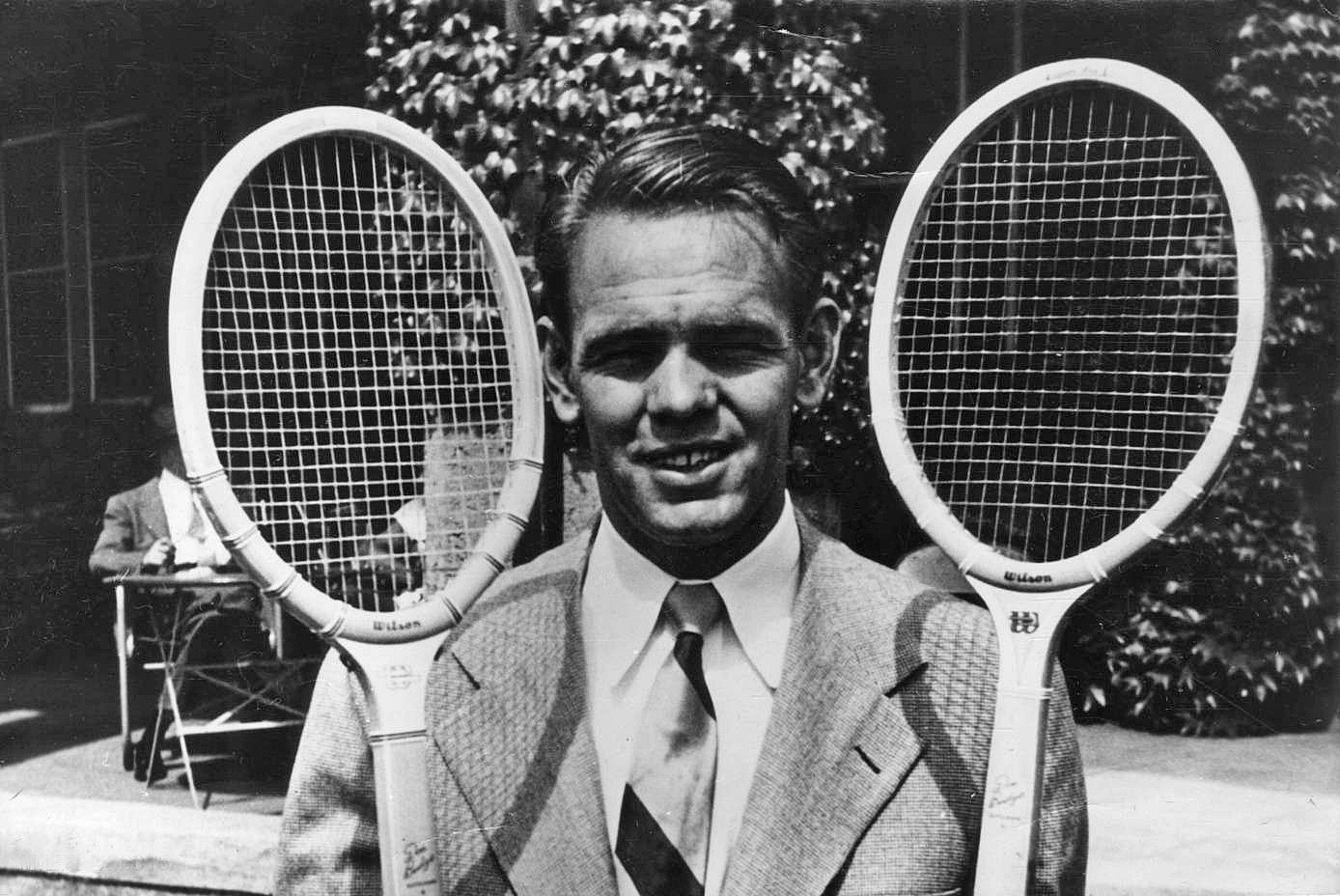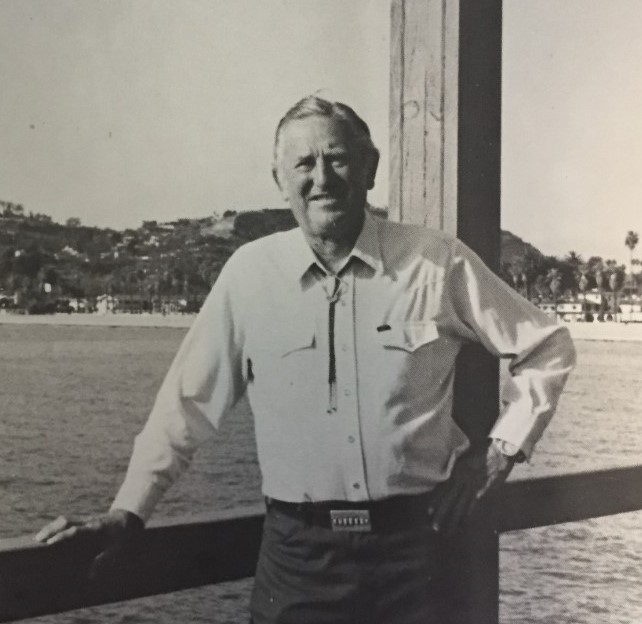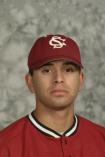A Redlands Connection is a concoction of sports memories emanating from a city that once numbered less than 20,000 people. From pro football’s Super Bowl to baseball’s World Series, from dynamic soccer’s World Cup to golf’s and tennis’ U.S. Open, major auto racing, plus NCAA Final Four connections, Tour de France cycling, more major tennis like Wimbledon, tiny connections to that NBA and a little NHL, major college football, Kentucky Derby, aquatics and Olympic Games, that sparkling little city sits around halfway between Los Angeles and Palm Springs on Interstate 10. – Obrey Brown
UPDATE: In mid-February 2022, an unexpected phone call flashed across my screen: “TOM MARTIN,” it read. It’s always fun to chat with Tom, a longtime Southern Californian who had relocated to Washington a few years earlier. He had bad news about a longtime friend, Julio Cruz. Martin, whose friendship with Cruz dated back to the 1960s, was very gentle: “Julio only has a few days left on the earth.” Struck by cancer, he said, a couple of visits to the former MLB second baseman and Redlands High product, had concluded with a few sad good-byes. On a Tuesday, Feb. 22, Cruz died, leaving a wife and children — and a whole bunch of memories.

Julio Cruz, perhaps one of the most popular athletes in Redlands High School’s century-plus history, is showcased in his baseball card — then a member of the Seattle Mariners. Cruz played nine seasons in the major leagues after getting signed at an open tryout.
Julio Cruz, perhaps one of the most popular athletes in Redlands High School’s century-plus history, is showcased in his baseball card — then a member of the Seattle Mariners. Cruz played nine seasons in the major leagues after getting signed at an open tryout.
SEATTLE — Julio Cruz remembers cutting to a basket during practice for coach Al Endeman’s team at Redlands High School way back, say, in the early 1970s.
“Brian Billick blocked my shot,” said Cruz, a 5-foot-10-inch guard, “and knocked my glasses off. They were on the floor, broken.”
Cruz, a future Major League Baseball player, was sent to an optometrist the next day for contact lenses. By Endeman. Backed by the Lion’s Club, the worldwide service club that specializes in sight.
“My vision was bad,” said Cruz. “One day, he gave me a slip of paper. It was for a sporting goods store.” Cruz got a pair of basketball shoes.
Billick, of course, went on to spend a full-fledged career coaching football. In 2001, it was Billick, as head coach, who led the Baltimore Ravens to a Super Bowl championship.
Imagine that: Billick, who spent a career in football, was teammates with Cruz, a baseball lifer, as teammates on a basketball team!
Endeman and Billick are just a couple of names Cruz, then 64, recalled during a time of reminiscence. Cruz may well be Redlands’ most famous baseball name, having spent 10 seasons (1977-86) in the major leagues.
He’s one of the most popular Redlands athletic products.
His Redlands buddies — Adrian Garcia, Randy Orwig, Juan Delgado, Dominic Mircacantante, Tom Martin, Billick, plus others — are fresh on his mind these days.
Cruz has forgotten little throughout the years.
“I’m re-living my youth,” he cracks, “and disregarding my age.”
His pathway to a MLB career was marked by plenty of help along the way. Cruz’s ascent to playing pro ball didn’t include the modern-day travel ball, Showcases and costly surroundings that today’s players/parents go through to land post-high school opportunities.
“Joe Hansen, my JV coach, drove me home (to Loma Linda) after basketball practice every day,” said Cruz. “Right to my front door.”
The Cruz family, who moved to Loma Linda from Brooklyn, N.Y. when The Cruzer was 14, was poor. No car. No money for buses or taxis. For a future baseball player, it was curious that he had no glove. No baseball spikes. Gear? He’d have to wait on all that.
“I think I was better at basketball,” said Cruz, “but I was only 5-10.”
Cruz’s baseball career was noteworthy for many reasons.
For openers, he’s probably the first-ever Redlands-based ballplayer to reach the majors for more than the so-called “cup of coffee” — 1,156 games, hitting .237 with 343 career stolen bases, fielding a brilliant .983 all between 1977 and 1986 — mostly with Seattle and the Chicago White Sox.
For good measure, that 1983 Seattle-to-Chicago deal at the trade deadline, drew plenty of praise. Not only did the ChiSox pull away in the American League Western Division when Cruz showed up, but someone in the MVP balloting posted a vote in his direction.
That mid-season swap by White Sox General Manager Roland Hemond, who sent second baseman Tony Bernazard to Seattle, fit Chicago well.
CRUZ OFFERS SERIOUS WARNING
Maybe it’s just age, time running out, all those early memories that got Cruz to reminisce about the old days. Martin, his high school friend, shared plenty of insight. On the real serious side, Martin said, “We both had prostate surgery a few years ago … a few days apart.”
Cruz himself asked me, “When’s the last time you got your prostate checked?”
He’s concerned. Then he inquires, “how about your wife? Has she been screened for breast cancer?” There’s a reason he asks.
In 2010, his wife Becky died from that disease after a 17-year battle. She was 48. Throw this in: His current wife, Morgan, has breast cancer, too.
On the plus side, there are his three sons — Austin and Alex, both Washington State graduates — plus Oxford grad, Jordan. Neither one was a baseball player, incidentally.
Jordan was, in fact, named after Michael Jordan. “He was just starting his career in Chicago,” said Cruz, “when I was there (playing with the White Sox).”
As Cruz tells it, a career in baseball — including serving as the Seattle Mariners’ Spanish-speaking TV broadcaster since 2002 — would’ve never happened without an array of those Redlands coaches along the way.
When he dunked a basketball as a Cope junior high schooler — noted by his coach, Gary Branstetter — The Cruzer had a future in Redlands athletics.
“I never dunked in a game,” he said. “All that jumping, though. I’ve had 11 knee surgeries.”
JOE DI OR JOE DE?
Check out these two names — Joe DeMaggio and Joe DiMaggio. Note the spelling on those two names. Joe “De” was Redlands High’s coach — The Cruzer’s coach — during his baseball-playing years. Then there was Joe “Di,” the Yankee Clipper, a baseball Hall of Famer (1936-51).
Cruz memorably extracted an autograph from him during an Old-Timer’s game one year in Japan.
“Normally, he (Joe Di) didn’t give autographs,” said Cruz, “because he thought people would just take them and sell them.”
Choosing not to sign the “sweet spot” on the ball, Joe “Di” signed it to Cruz’s sons. Might be hard to sell an autographed ball if it was signed that way. But he’d come full circle.
Branstetter had those Cope basketball kids shave their heads. “We were the Bald Eagles,” said Cruz, laughing. “I didn’t care. I was having fun.”
Three decades later, Cruz, now retired, was hitting leadoff in that Old-Timer’s game with teammates like Campy Campaneris, plus Hall of Famers Minnie Minoso and Bert Blyleven.
TRYOUT AT UCLA STARTED IT ALL
Cruz, meanwhile, went unscouted during his high school days at Redlands, not to mention his junior college days at San Bernardino Valley. It was Delgado, The Cruzer’s friend from Highland, who found out about a baseball tryout on UCLA’s Westwood campus one Sunday. Cruz was 19.
“The only reason I went,” said Cruz, “was because it was a nice Sunday. It was a good day to play baseball.”
Cruz borrowed a glove, grabbed some spikes two sizes too big, and played in jeans. Delgado drove to Westwood, three times, in fact. Cruz, who wiped out all comers in 60-yard dashes, kept getting invited back.
Scouts were scouting. Cruz played shortstop. First game. First inning. First two guys up reached base. Line drive to Cruz. Steps on second. Throws to first.
Triple play!
He got a mere $500 bonus from California Angels’ scout Lou Cornower. That Cruzer was on his way, just a short time after his Redlands upbringing. “I really had to talk my dad into letting me do it. He wanted me to finish college.”
No one makes it alone, said Cruz. “I had people looking over me. Those guys brought the best out in me. They helped make me more sociable.”
Joe De, Endeman, Hansen, Branstetter, future varsity baseball coach Don Dewees, among others — each has a special place in The Cruzer’s heart.
“My (pro) managers didn’t come close to doing what these Redlands guys did for me,” said Cruz. “The way they went about their business with me, without cheating the other students. The pros cut you. It’s a business to them.
“It wasn’t a business to my teachers.”
Cruz and Billick, meanwhile, showed up again together. Three decades after Billick knocked Cruz down at basketball practice, the two were inducted on the same night into the Terrier Hall of Fame.
